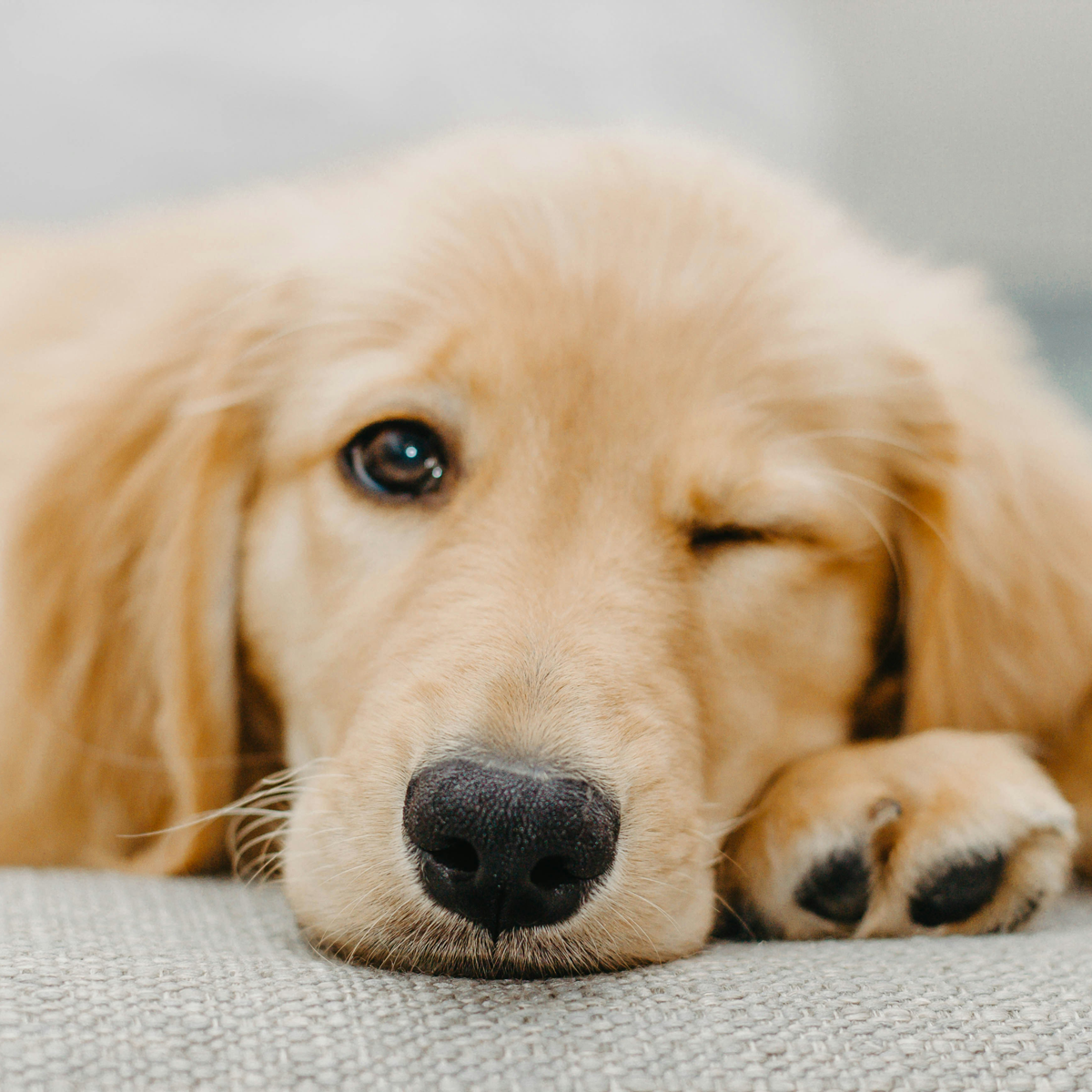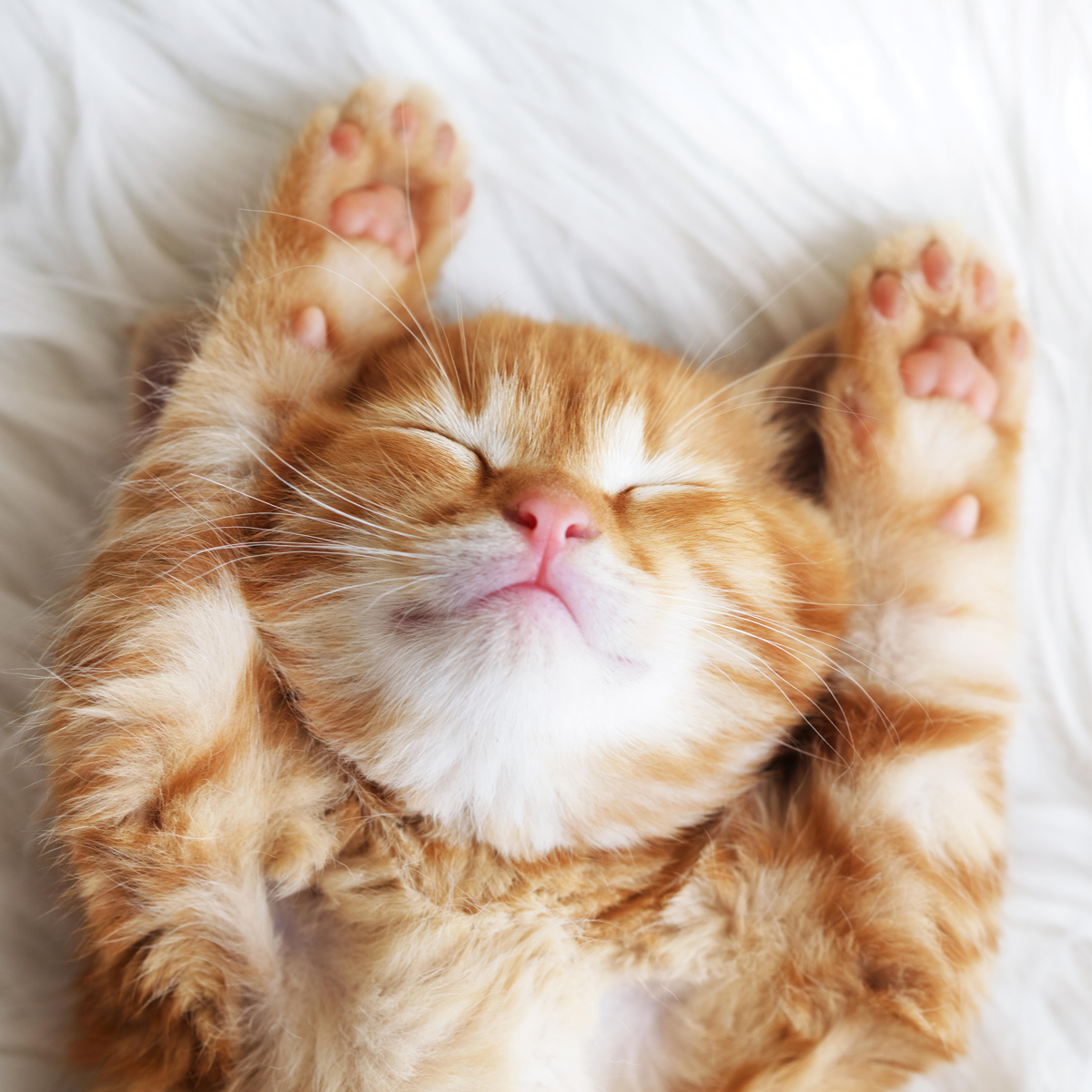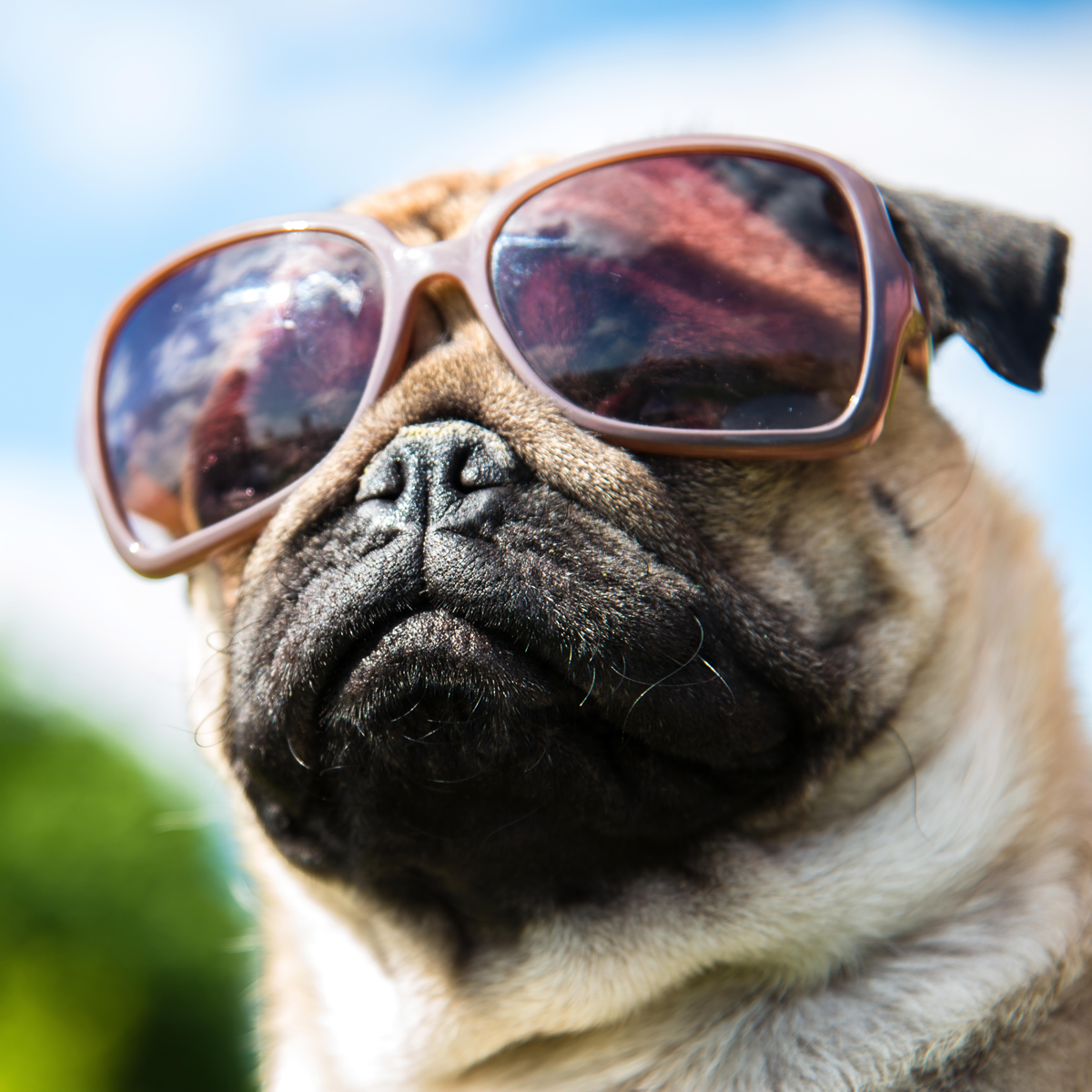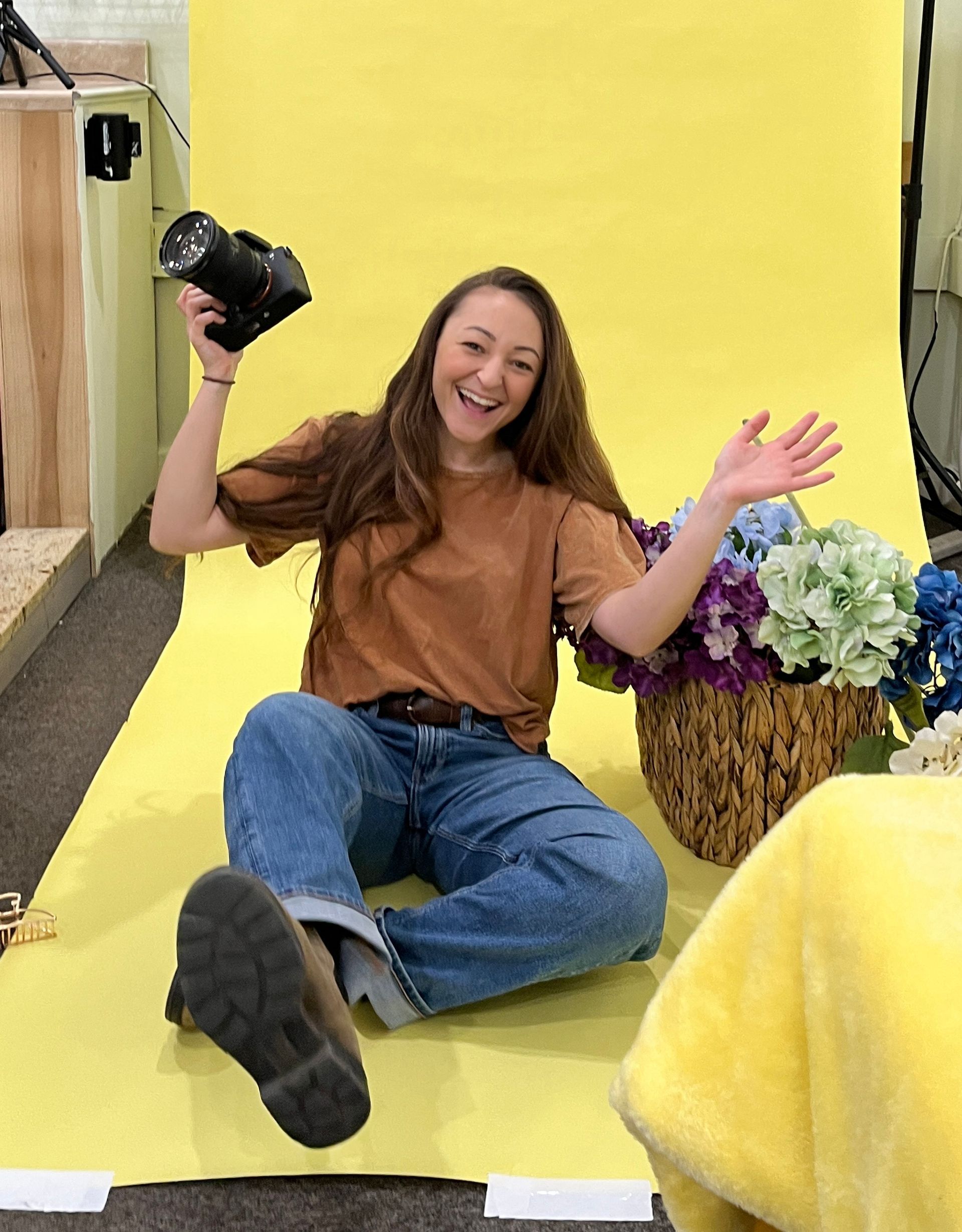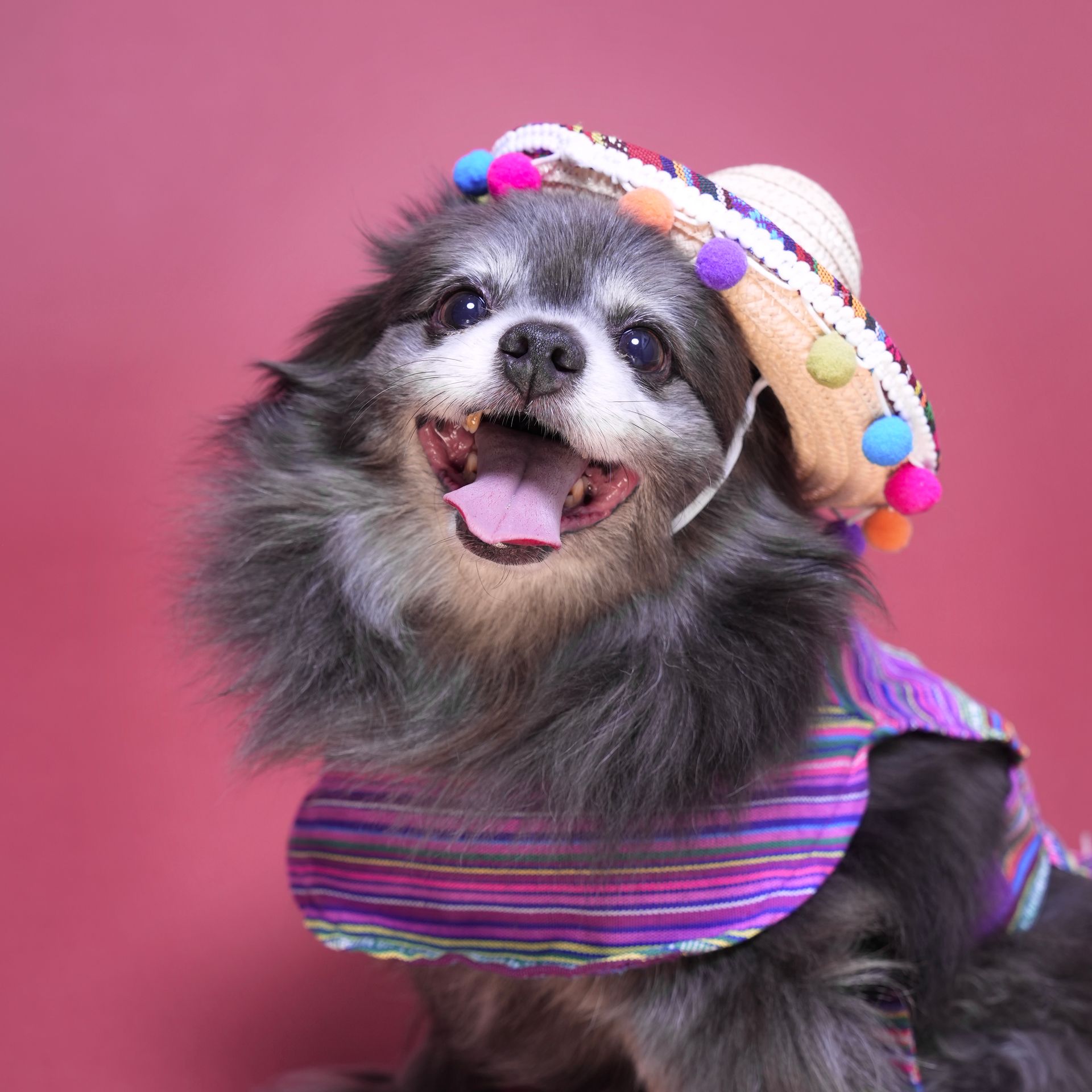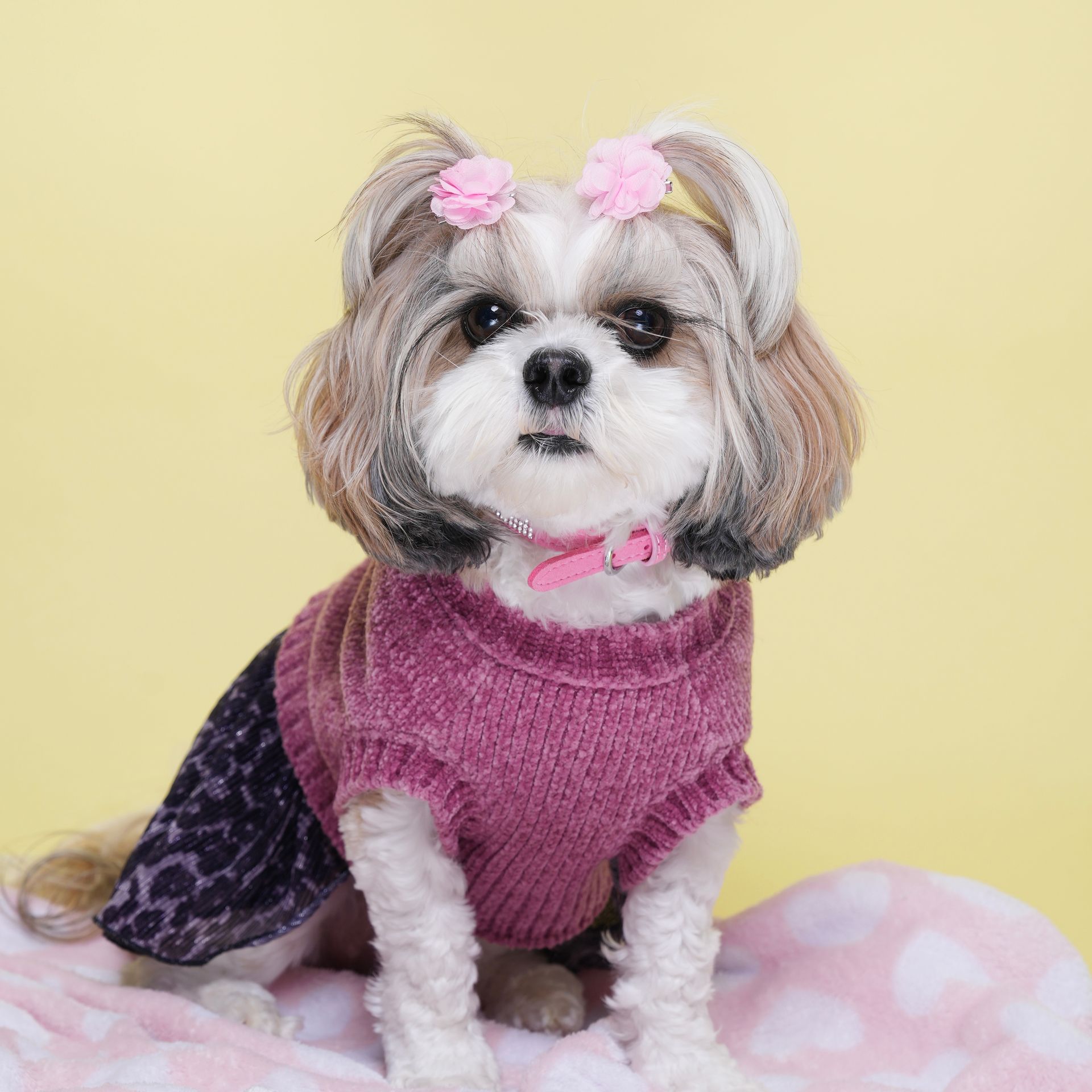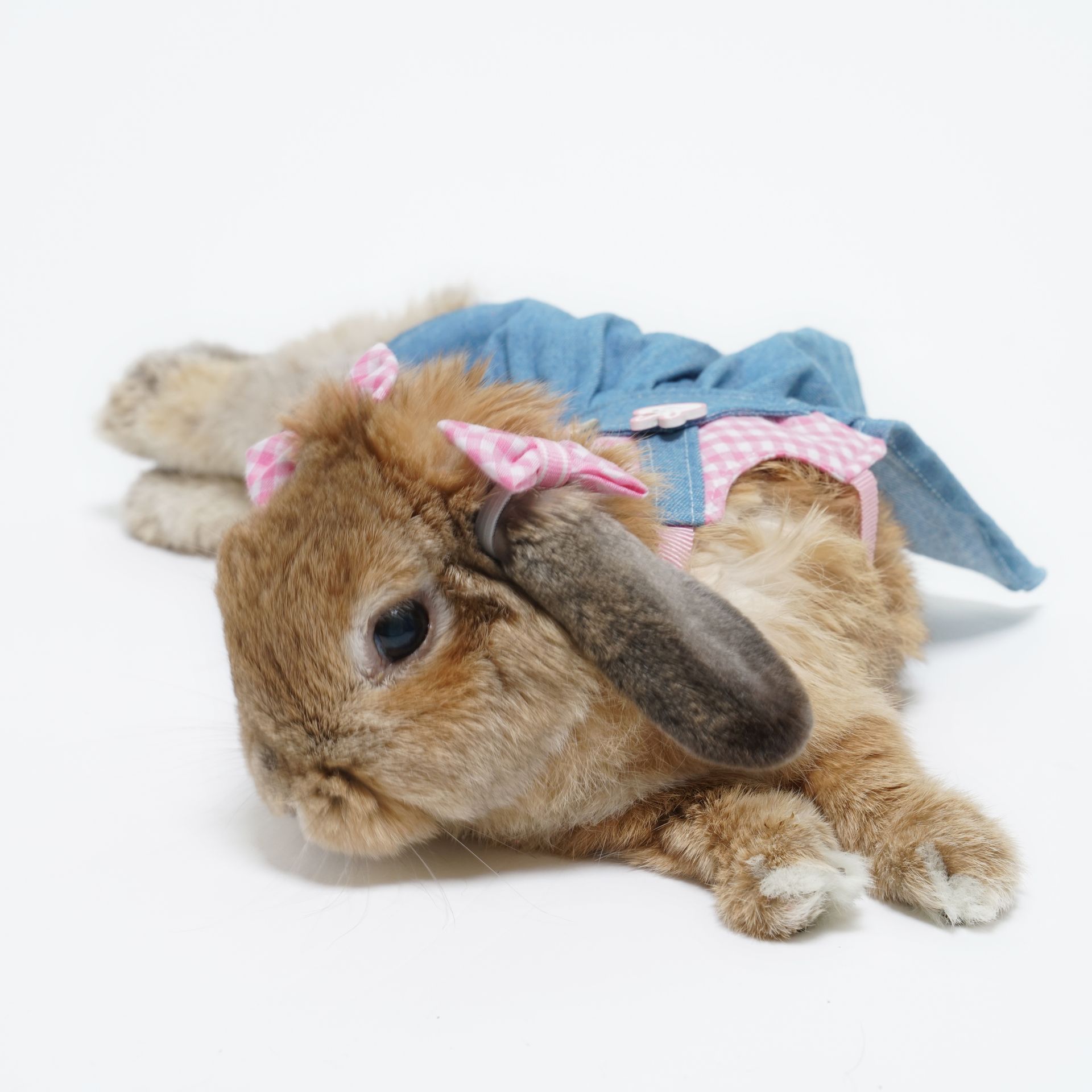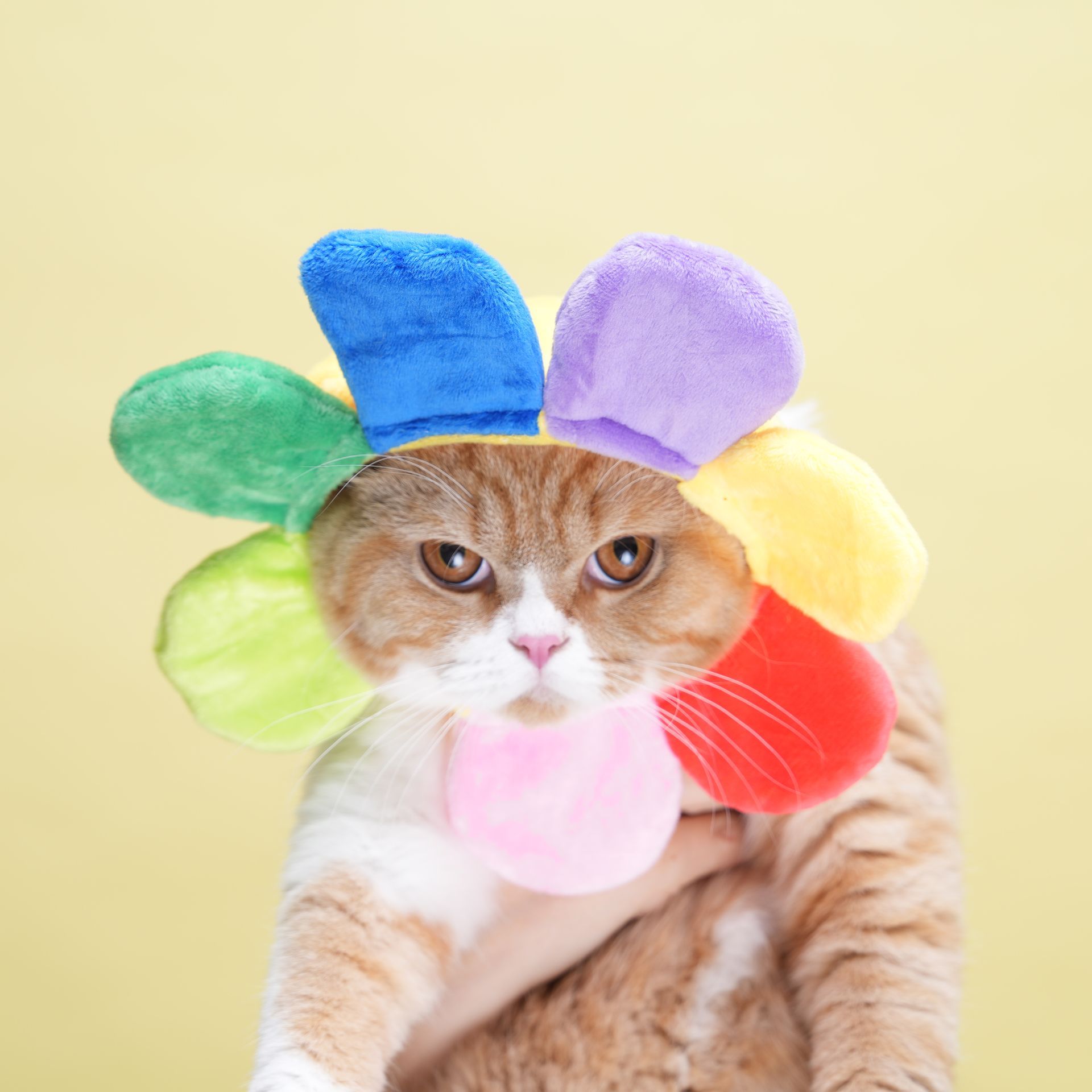Photographing Pets
Let's face it, our pets are adorable. And what better way to preserve those fleeting moments of cuteness than with a fantastic photo? But capturing that perfect picture of your furry (or feathery) friend can be a challenge. Fear not, pet parent! With a few simple tips, you can transform your phone into a pet photography powerhouse.
Light Up Their Lives (Naturally):
- Harness the Power of Natural Light: Harsh flash photography can scare pets and create unflattering shadows. Opt for natural light instead. Find a well-lit spot indoors by a window or venture outside during golden hour (sunrise or sunset) for soft, diffused light.
Focus on the Fun:
- Get Down to Their Level: Squat or lie down to capture your pet's perspective. This creates a more engaging photo and emphasizes their cuteness.
- Capture Their Personality: Is your dog a playful goofball? Snap a photo mid-romp. Does your cat have a regal air? Highlight their majesty with a well-composed portrait.
Technically Speaking:
- Fast Shutter Speed is Your Friend: Pets are naturally energetic. Use a fast shutter speed to freeze action and avoid blurry photos.
- Focus on the Eyes: They are, after all, the window to the soul. Ensure your camera focuses on your pet's eyes for a captivating image.
Pro Tips for Pawsome Photos:
- Treats and Toys as Bribes: A strategically placed treat or squeaky toy can grab your pet's attention and keep them still for that perfect shot.
- Be Patient: Great photos rarely happen in the first click. Be prepared to take many shots and have fun with the process!
- Embrace the Unexpected: Sometimes the most delightful photos are the candid ones. Don't be afraid to capture your pet's natural moments.
With a little practice and these handy tips, you'll be snapping frame-worthy photos of your furry companion in no time. So grab your camera, get creative, and most importantly, have fun capturing your pet's unique personality!
Anastasia Talks Pet Photography...
When I shoot studio portraits of pets - I like to use at least 1 strobe. I prefer the Godox AD400 as a main light, and the Godox AD300 as a fill light, when using 2 strobes. Alternatively, if space is limited, I will use just the 1 Godox AD400 diffused in combination with a reflector. A reflector is especially useful when the pet has deep or dark eyes - getting that extra bit of light back in makes all the difference!
I love seamless paper backgrounds as they’re easy to cut & keep a clean slate. I often put a blanket down if the pet is uncomfortable with the texture of the paper.
My go-to camera set up has been the Sony A7 IV with the Sony FE 24-70mm F2.8 GM II. I find the 24-70 is a versatile range that makes it easy to get different shots without having to move around much in the space.
My top tips for shooting pets:
Have Your Pet's Favorite Treat or Toy Ready
Having your pet's favorite food/treat or toy handy helps to get their attention and motivate them. I sometimes put the toys right on top of my lens as this gets them to look right at the camera!
Minimize Distractions
The fewer distractions, the better. Having as few people involved as possible & securing a small area, whether inside or outdoors, helps negate the possibility of an escaped or distracted pet.
Use a Reflector
A reflector is a great tool to have handy as certain animals have deep eye sockets or dark eye color - controlling the direction of light with the reflector helps to put the “catch light” back in their eyes and bring them to life!
Incorporate Props
Using baskets, flowers, blankets, and fun accessories can make for a fuller photo shoot.
Make Sure Your Pet's Whole Face is in Focus
It is important to shoot at an aperture of at least f/5.6 - because for most pets their eyes and nose are not on the same plane of field, a shallow depth of field will only allow for focus on one or the other. However, stopping down will help to ensure the entire face is tack sharp.
Use a Fast Shutter Speed
Most animals don’t sit still, so you’ll want to freeze motion as much as possible.
Set a Custom White Balance
A grey card or digital exposure card is a great tool for setting your white balance correctly.
Protect Your Lens
A good
protection filter will protect your lens from a curious nose sniffing too close to the lens! I have had a dog lick my lens before, so a good filter definitely keeps things clean.
Mirrorless or DSLR Camera: If you're looking for more creative control, a mirrorless or DSLR camera with interchangeable lenses offers greater flexibility.
Fast Prime Lens: A prime lens with a wide aperture (like f/1.8 or f/2.8) allows more light in, which is great for low-light situations or capturing sharper action shots of your pet.
Zoom Lens: A zoom lens offers more versatility, particularly for capturing portraits or close-ups without needing to get too close to your pet.
Treats and Toys: Treats and toys can be great motivators to get your pet's attention and capture that perfect moment.
Portable Studio Lighting (Optional): If you plan on doing indoor shoots or have more control over lighting, a softbox or portable light diffuser can be helpful.
The most important gear is your patience and understanding of your pet. With a little practice and these tips, you can take amazing photos of your furry friend!
